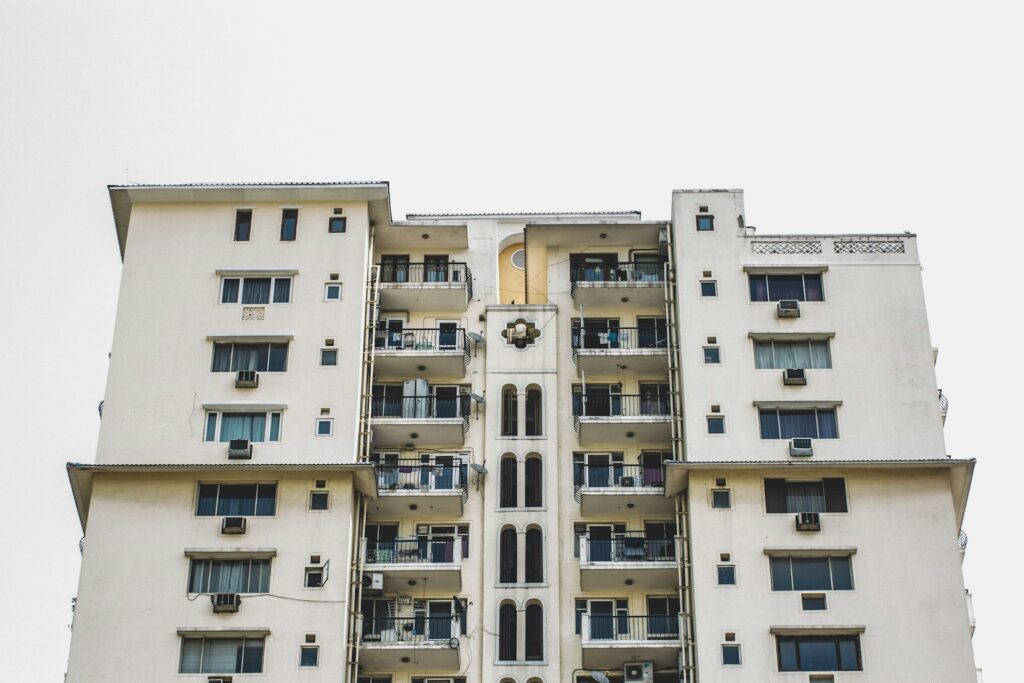Housing solutions to support our older Australians
Developing innovative housing solutions is essential to address the growing demand for affordable living spaces. Affordable housing solutions are essential to addressing the growing need for sustainable urban development.
This research investigates the potential of alternative housing models to increase the supply of affordable housing for older Australians and the role of alternative financing schemes could play in expanding those options.
Older Australians on lower incomes who do not own their own homes are at increasing risk of housing stress and instability, with private renters and single women facing particular risks. In addition, precarious housing has negative impacts on the health, safety, and well-being of older people, while also undermining their capacity to age well in place.
Recent projections indicate some 440,000 households aged 55 years and over will need affordable housing by 2031, a 78 percent increase in unmet demand from 2016. Given the slow rate affordable dwellings have been added to the market for many years, it is highly unlikely that current housing responses, including investment in social housing, will be able to meet this need.
‘Participants generally agreed that higher-density housing options would be a key element of expanding affordable housing supply and could work particularly well for older people, who tended to have small household sizes.
There is an urgent need for innovation in the Australian housing market to drive an expanded and more diverse range of affordable housing options for lower-income older people.
Almost 75 percent of survey respondents reported that the housing needs of lower-income older people (55+) in the jurisdiction where they were based are ‘not well’ or ‘not at all well’ met. Participants said relying too heavily on the private rental sector to house older-income people was problematic, and one of the main reasons why alternative affordable housing options are urgently needed.
The research identified a range of models with the potential to expand and diversify the supply of affordable housing for older Australians: accessory dwellings; mobile and manufactured homes; collaborative housing; rental retirement villages; home share arrangements; and dual key housing.
Accessory dwellings (also known as ‘granny flats’ or secondary dwellings) are self-contained dwellings that are established in conjunction with another house (the principal dwelling) and on the same parcel of land (not being an individual lot in a strata plan or community title scheme).
Mobile and manufactured homes are prefabricated dwellings constructed either wholly offsite or transported to their location or constructed on-site from modular components manufactured offsite and delivered flat-pack style. As with conventional construction, land prices dictate the overall cost of prefabricated affordable housing.
Collaborative housing (cohousing) usually comprises a mix of private dwellings around collectively owned and managed spaces such as a community house with a kitchen and dining room, and common outdoor areas that encourage interaction between residents. Collaborative housing options are resident or community-led, and common features include resident participation in design, governance, and management; mutual support and reciprocal relationships between residents; and alternative forms of financing.
Retirement villages are residential complexes where residents have a contract with the operator, either to occupy the premises and/or to receive services. They are currently home to approximately five to seven percent of Australia’s population aged 65 and over. However, at a national average unit price of $463,000 retirement villages are not usually considered an option for low-income households.
Homeshare is a form of communal living in which a home provider, often an older adult, shares a spare room in their home with another person in exchange for money, service provision, or a combination of the two.
Also Read: Affordable Housing Solutions
